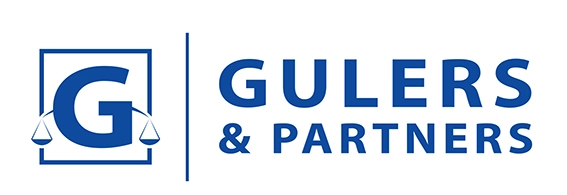The Judge’s Obligation to Clarify the Case in Trademark Cancellation Lawsuits Due to Non-use
Pursuant to Article 26 of the Industrial Property Law (“IPL”), a trademark can be vulnerable to cancellation if it has not been genuinely used without a justifiable reason for a continuous period of five years from the date of registration.
Prior to the adoption of the IPL, which came into force in January 2017, the request for cancellation of a trademark for non-use could only be lodged by filing a lawsuit before the competent court. Although the IPL had granted the power for such cancellation to the Turkish Patent and Trademark Office (TPTO), those cases continued to be heard before courts for seven years until the ultimate transfer of the said authority to the TPTO took effect on January 10, 2024.
Since that date, the TPTO has received preliminary applications for cancellation requests without having finalized the details of the process. However, it is obvious that these requests will not go to trial at the court before the completion of the proceedings at the TPTO, which will undoubtedly employ the precious precedent of the judiciary to date as a guide in its own practice in the said matters.
A critical issue in cancellation cases is the proof of use of the trademark. According to the Turkish civil procedural law, the burden of proof rests with the party that is making a claim or allegation, i.e. the plaintiff, to present the necessary facts and arguments which corroborate the claim or allegation. The Grand General Assembly of the Court of Cassation on the Unification of Judgements acknowledged this in its decision No 2021/1 E., 2022/3 K on 03.06.2022 by alluding to Article 190 of the Code of Civil Procedure.
The court, however, emphasized that the burden of providing proof could in some cases lie with the defendant. A striking illustration of this is in trademark cancellation actions for non-use where the plaintiff does not have access to the evidence that can substantiate their non-use claims. Likewise, the IPL has clearly stipulated that in such cases the owner of the disputed trademark is directly responsible for providing proof of use:
“The proprietor of the mark shall be notified of the cancellation action against their trademark and shall have one month to submit their evidence and response to the Office.”
In addition, in several decisions handed down by the 11th Civil Chamber of the Court of Cassation, it is reiterated that the trademark holder as the defendant is required to provide proof of use for the mark concerning the goods and services for which it is registered.
It is also clear that the courts do not have the obligation and authority to conduct an ex officio investigation in such cases, which can be evaluated solely based on the evidence brought by the parties. Any other practice would be contrary to the regulation and the case law.
Another point supporting this approach is the regulation covering deadlines. Basically, if a party fails to timely submit or raise a legal argument, evidence, or procedural objection during legal proceedings, they may lose the opportunity to introduce that evidence or argument at a later stage in the proceedings.
This matter has been addressed in a decision by the General Assembly of Civil Chambers of the Court of Cassation. The court argued that the disputed issues and the relevant evidence must be presented to the court at the initial stage before proceeding to the investigation phase. In that case, it held, since the defendant had failed to file a response petition within the prescribed two weeks from being notified, they could no longer submit the facts and evidence related to the dispute.
However, it is observed that a more meticulous examination is made by the courts, especially since it relates to ownership, and ex officio examinations are conducted before issuing the cancellation decision even if the trademark holder has neither filed a response petition nor submitted any evidence.
In this regard, article 31 of the Code of Civil Procedure, which regulates the judge’s duty to enlighten the case, stipulates that if the judge believes the clarification of the dispute is mandatory, “she may make explanations to the parties, ask questions and request evidence on matters that she deems materially or legally unclear or contradictory.” This provision should not be interpreted to mean the judge is obliged to enlighten the case as if she were a party to the lawsuit. If that became the case, courts would be flooded with lawsuits containing no realistic claims, much less any proof to substantiate them, leading to long intervals between hearings. However, recent cases indicate that despite the clarity of the regulation especially in terms of the required procedures, matters get confusing when it comes to trademark cancellation actions for non-use.
To sum up, the judge’s obligation to clarify the file in trademark cancellation cases due to non-use should not be expanded to include an ex officio investigation of trademark use. Therefore, the TPTO is expected to conduct examinations by considering this perspective since an interpretation to the contrary would contradict the case law of the Court of Cassation, the law, and the doctrine.



















































 Successful
Successful